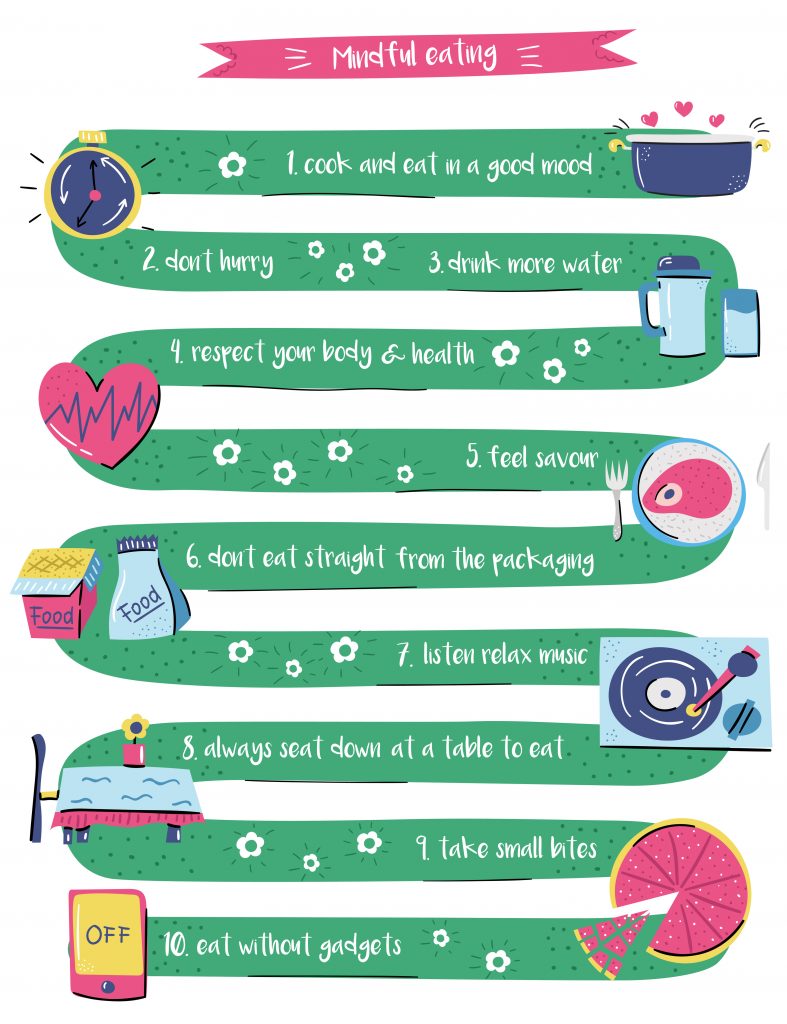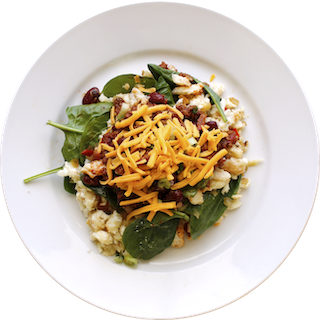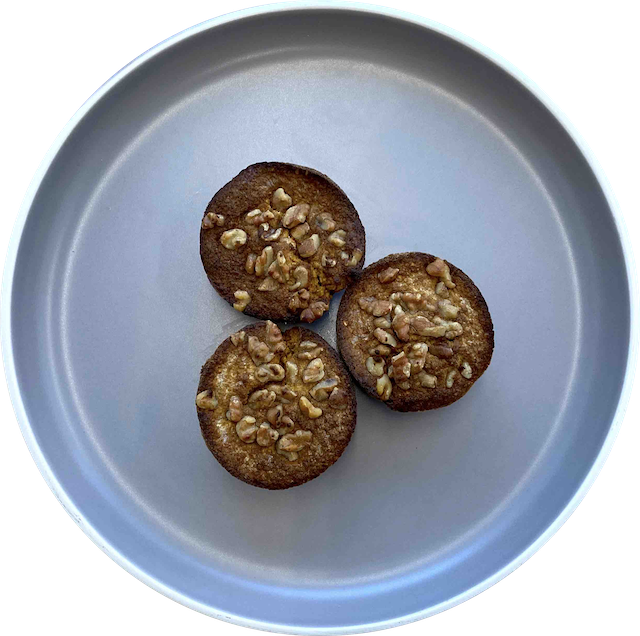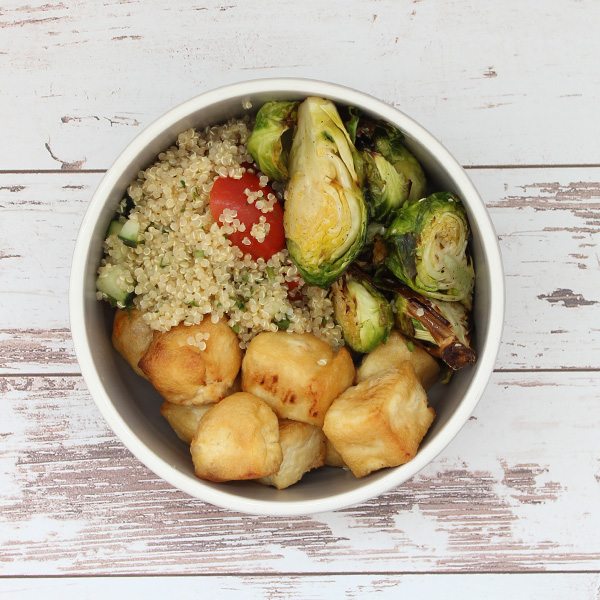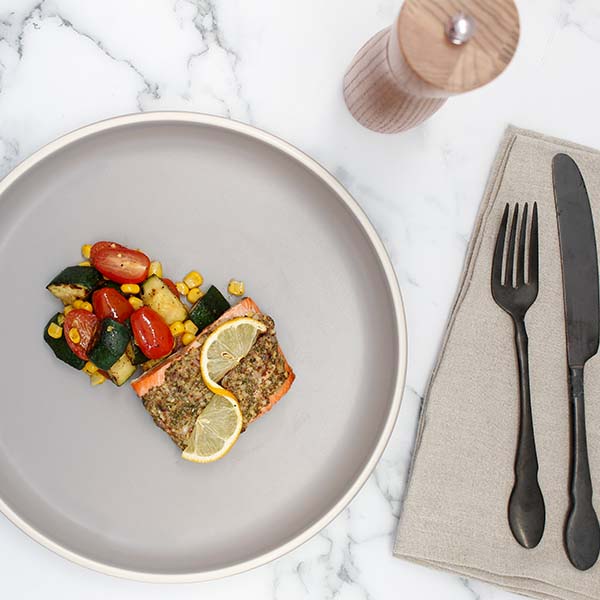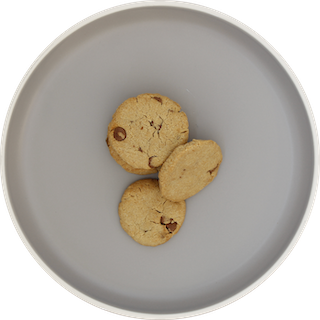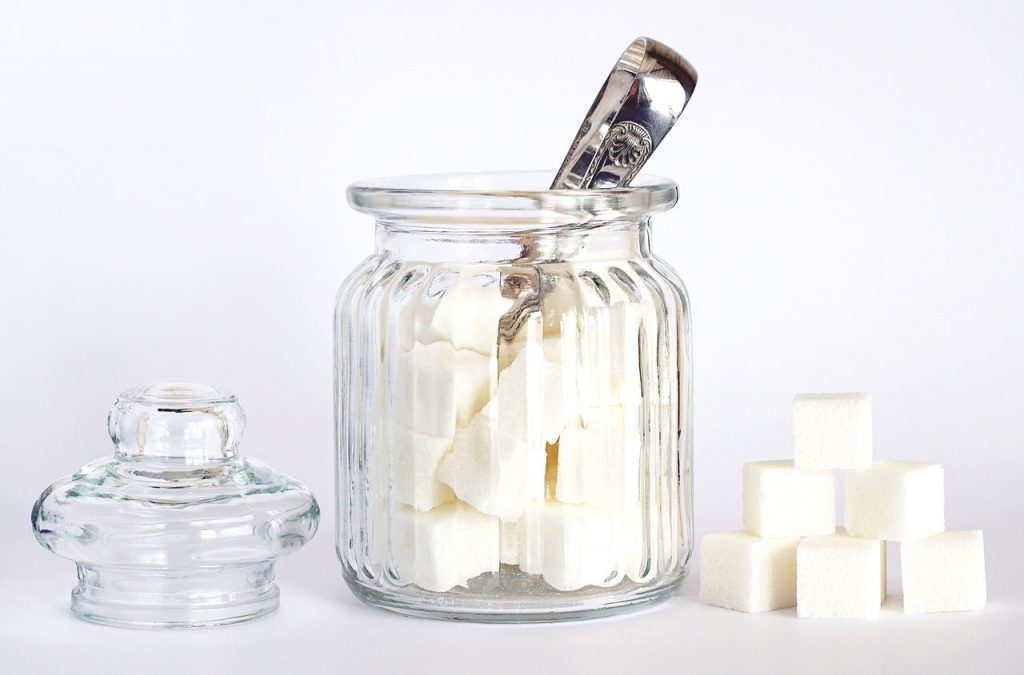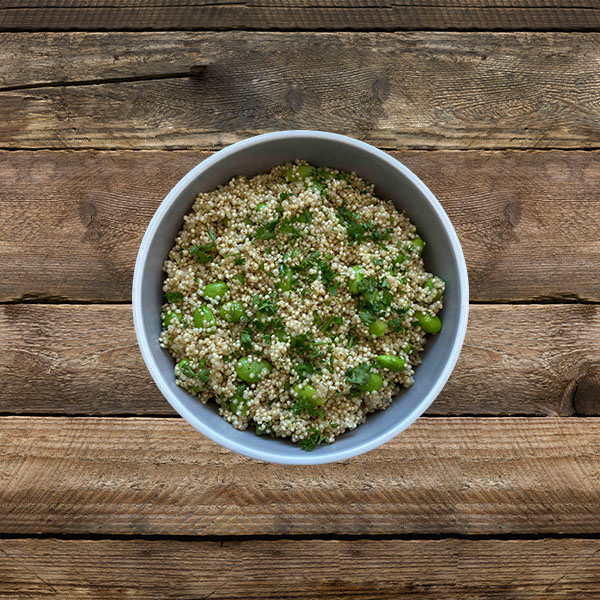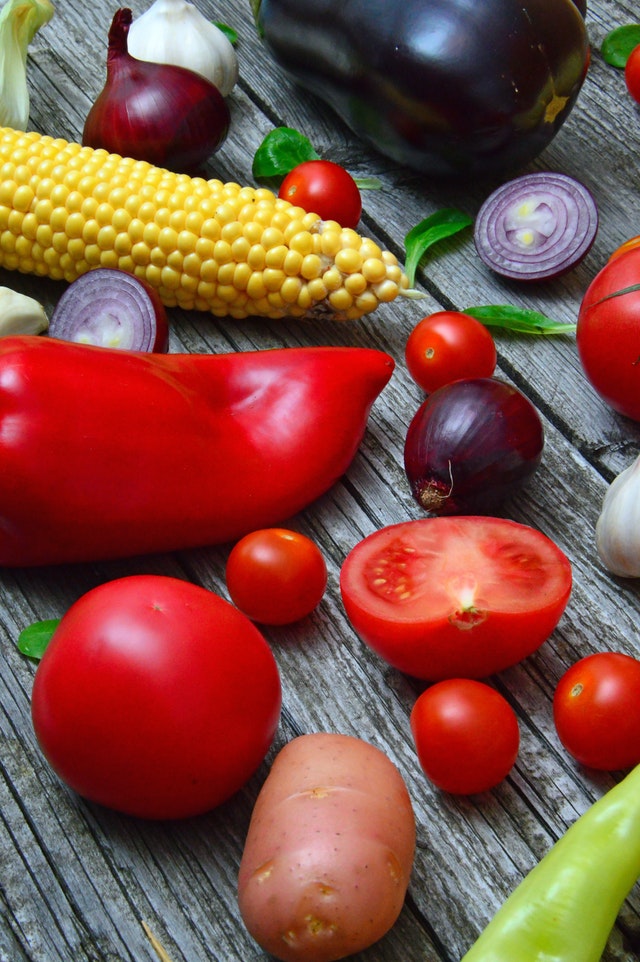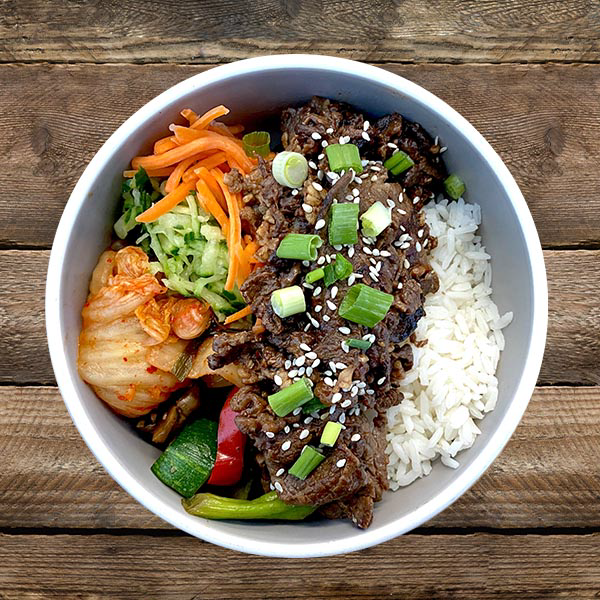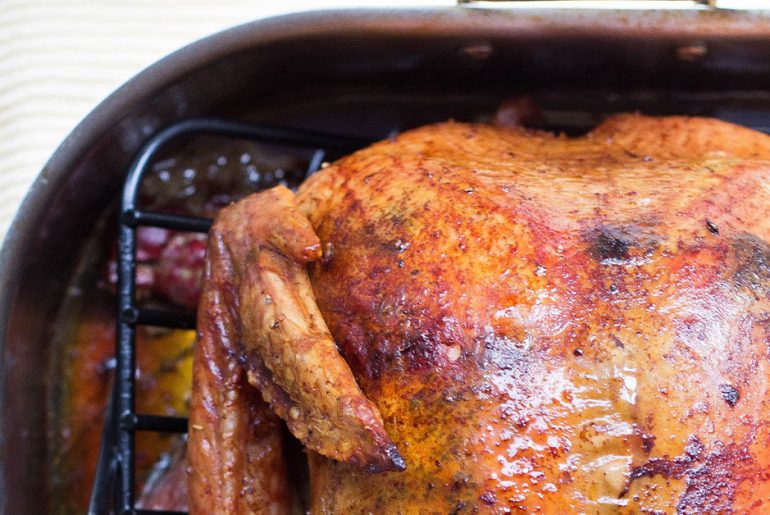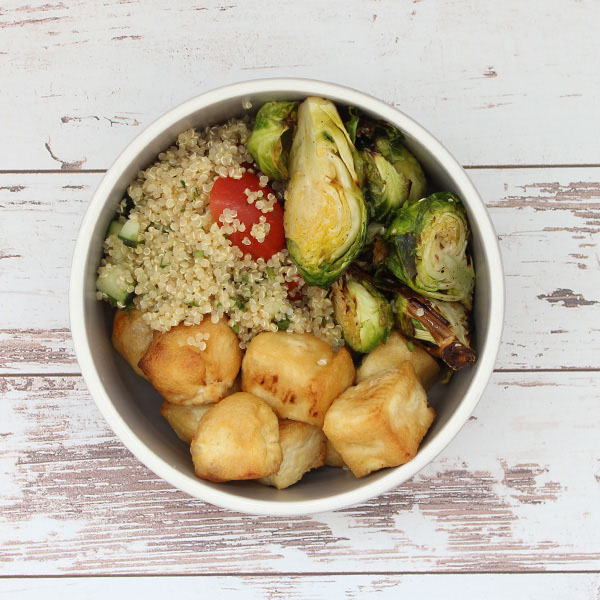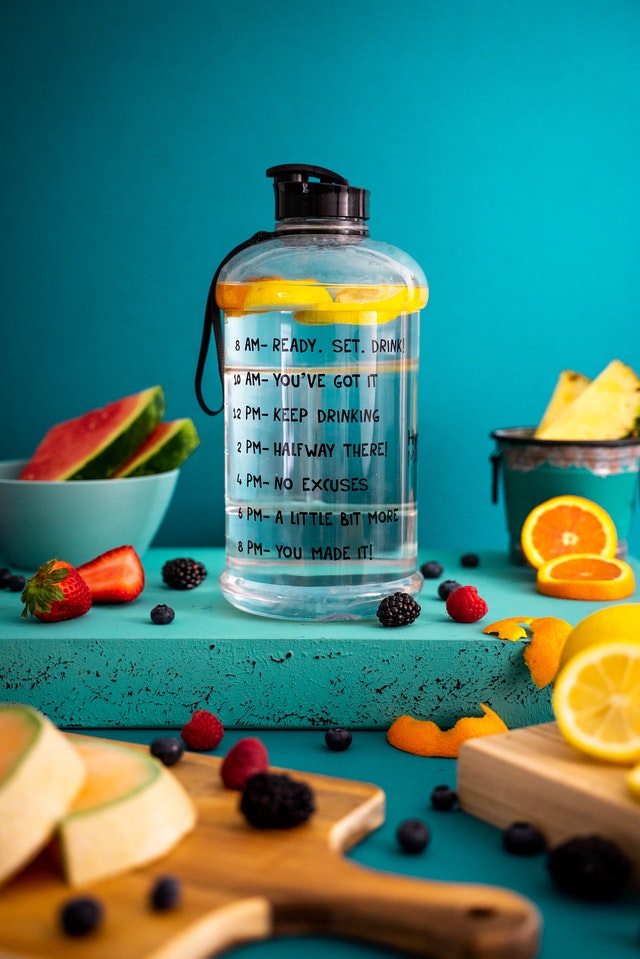Weight maintenance is a part of health maintenance for many people. Setting weight goals can be an important way to reach health objectives based on your personal goals for fitness and well-being. However, understanding how to set weight goals can be challenging. When creating a weight-loss plan, there are two prevailing theories to know about called the set point theory and the settling point theory. Knowing the science behind both can put you in a good spot for understanding how to craft a way of eating, exercising and living that’s ideal for your body.
What We Know About How Our Bodies Use Food
Most people understand weight loss as a simple formula that’s based on calories in versus calories out. That means that we tend to gain or lose weight based on what we’re eating versus how much energy we’re expending. Is it really that simple? The answer can depend on which scientist you ask.
The truth is that your body’s relationship with food is complicated. While it makes sense that excess fat storage occurs when there is an excess amount of calories taken in without being expended, it’s also very likely that a variety of physiological factors also determine how the body uses food. This is where the understanding of setting point versus settling point comes into play. Let’s dive in for a crash course on the things nobody ever told you about what your body thinks of your diet.
What Is the Set Point Theory?
The foundation of the set point theory is that the human body has an “internal control mechanism” that wants your body to maintain a certain body fat percentage. This “set point” varies by person based on physiological factors. In fact, scientists even know where this “set point” mechanism is located. It is believed to be nested in the brain’s lateral hypothalamus that is responsible for regulation each person’s metabolism. The hypothalamus communicates directly with your body’s fat cells to release insulin and hunger-related hormones. At the core of the set point model is the idea that we each have a genetically preset weight range that our bodies are actively trying to get back to regardless of our behavioral changes. While we may see temporary changes in weight, our bodies are working behind the scenes to override our efforts to get us back to that preset weight range by resetting our metabolic function.
If you’ve ever felt like you gained or maintained weight when eating less, it may not have just been your perception. Your “set point” regulators may have triggered a slowing of your metabolism to ensure that you don’t dip below your “set” percentage of body fat. In fact, studies have shown that severe caloric restriction can depress resting metabolism by 23 percent.
What Is the Settling Point Theory

The settling point theory focuses on behavior over biology. First proposed by a researcher named James Hill of the University of Colorado, the settling point theory hinges on the idea that we settle into habits for diet and physical activity based on several factors. However, it does assign some importance to biological influence when determining weight-related habits. This is where the confusion between set point and settling point comes in for some people. The big difference here is that the settling point theory cites genetic predisposition as an influence on behavioral choices instead of being responsible for actually setting your metabolism. Here’s a look at some factors other than genetic predisposition that are believed to impact weight based on the settling point theory:
- Learned behaviors.
- Environmental cues.
- Sensitivity to food-related cues.
Researchers who back the settling point theory point to evidence that health interventions focused on incorporating physical activity into a weight-loss plan have the greatest success rates. It’s very important to note that the settling theory doesn’t “blame” people for their weight problems because it assumes that weight gain comes down to “bad” behavior. This theory simply recognizes that a combination of genetic and learned behaviors influence eating behaviors. For people trying to lose weight, the settling point theory can be more encouraging than the set point theory because it means that obstacles to weight loss are technically removable with behavioral changes. By contrast, the set point theory is based on the idea that our bodies essentially have internal “weight clocks” that are set for a certain percentage of body fat that cannot be undone.
Separating Fact From Fiction: Is the Set Point Theory True?
The answer is that we aren’t sure yet. The set point theory is something that researchers are still studying. The set point theory may have some validity. However, the exact amount of power that our body’s internal “weight clock” has on our ability to lose weight has yet to be determined. Many researchers are quick to point out that our “set point” might not be as set as we think, even if this theory turns out to be true. In fact, we can actually sabotage our personal set points if we create long-term habits for excessive eating paired with a lack of exercise. Researchers at Beth Israel Deaconess Medical Center at Harvard point out that it’s actually possible to create a higher set point beyond our original predetermined set point through long-term habits.
Of course, the risk with only subscribing to the set point theory is that there’s a lot of discouragement wrapped up in this theory. The set point theory is not permission to “give up” on healthy eating simply because the science says you have no control over your weight. By contrast, this information should be used to craft a tailored, highly personalized diet plan that takes into account your specific nutritional needs.
Tying the Two Theories Together
We know that “starvation” diets can slow the metabolism and lead to weight gain. We also know that exercise is one of the most effective tools for lowering body weight. In addition to burning calories in the moment, exercise also turns us into calorie-burning machines even when we’re not actively working out because it builds muscle that passively burns more fat. This is where the theories of set point and settling point intersect. What may seem like two conflicting points of view clashing is the marriage of two aspects of how the body maintains a healthy weight.
Let’s do a roundup of what we know based on what was covered so far. The settling point theory pushes the idea that physical exercise can help us “hack” our predispositions to get within our desired weight range. Next, even researchers who follow the set point theory agree that unhealthy behavioral patterns can actually increase our set points. It seems that the answer is a healthy, balanced lifestyle regardless of which theory we follow. More importantly, we need to understand the importance of using the right fuel if we try to use exercise and activity as a balance to whatever our genetic predispositions might be. With the understanding that not consuming enough calories can lead to weight gain under the set point theory in mind, we know that consuming enough healthy calories is essential for reducing our set points.
Making Sense of Set Point and Settling Point From a “Whole Picture” Standpoint
When looking at these two theories, we should really be focusing on set point, and settling point instead set point versus set point. That’s because both theories ultimately boil down to the idea that healthy, nourishing foods paired with a good amount of physical activity make it easier to maintain a healthy weight. While not everyone has the time or means to pay someone to design a genetically specific diet plan for them, we can all focus on high-protein foods full of healthy fats, fiber, antioxidants and essential minerals in appropriate portions.
One of the best ways to avoid that “creep” toward a higher set point is to be conscious about meal planning to avoid the urge to reach for whatever is fast and convenient. Unfortunately, grabbing for the nearest thing when we don’t have healthy meals and snacks waiting for us often means grabbing for calorie-dense, nutrient-void foods. Research shows that meal planning is associated with a healthier diet, a better variety of foods, weight loss and reduced obesity. That could mean that opting for something like a complete high-protein meal plan tailored to meet your daily calorie goals could be ideal for making sure you’re getting the calories you need for energy and health without the perils of being short on time. If one time of the day is your weak spot due to a hectic schedule, you may want to focus on just making sure you always have a high-powered, energy-boosting breakfast waiting for you.
Do these insights about set point versus settling point ring some bells about your own experience with trying to maintain a specific weight? Let us know if you can relate to feeling like your weight has been “set” by genetic factors. You can also let us know what you plan to do with this information now that you know more!





